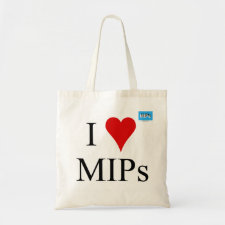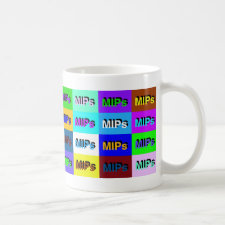
Authors: Xing RR, Wang SS, Bie ZJ, He H, Liu Z
Article Title: Preparation of molecularly imprinted polymers specific to glycoproteins, glycans and monosaccharides via boronate affinity controllable-oriented surface imprinting.
Publication date: 2017
Journal: Nature Protocols
Volume: 12
Issue: (5)
Page numbers: 964-987.
DOI: 10.1038/nprot.2017.015
Abstract: Molecularly imprinted polymers (MIPs) are materials that are designed to be receptors for a template molecule (e.g., a protein). They are made by polymerizing the polymerizable reagents in the presence of the template; when the template is removed, the material can be used for many applications that would traditionally use antibodies. Thus, MIPs are biomimetic of antibodies and in this capacity have found wide applications, such as sensing, separation and diagnosis. However, many imprinting approaches are uncontrollable, and facile imprinting approaches widely applicable to a large variety of templates remain limited. We developed an approach called boronate affinity controllable-oriented surface imprinting, which allows for easy and efficient preparation of MIPs specific to glycoproteins, glycans and monosaccharides. This approach relies on immobilization of a template (glycoprotein, glycan or monosaccharide) on a boronic-acid-functionalized substrate through boronate affinity interaction, followed by self-polymerization of biocompatible monomer(s) to form an imprinting layer on the substrate with appropriate thickness. Imprinting in this approach is performed in a controllable manner, permitting the thickness of the imprinting layer to be fine-tuned according to the molecular size of the template by adjusting the imprinting time. This not only simplifies the imprinting procedure but also makes the approach widely applicable to a large range of sugar-containing biomolecules. MIPs prepared by this approach exhibit excellent binding properties and can be applied to complex real samples. The MIPs prepared by this protocol have been used in affinity separation, disease diagnosis and bioimaging. The entire protocol, including preparation, property characterization and performance evaluation, takes ~3-8 d, depending on the type of substrate and template used
Template and target information: protein, glycoprotein, protocol
Author keywords: Bioanalytical chemistry, Biomimetic synthesis, polymer synthesis, Sensors and probes



Join the Society for Molecular Imprinting

New items RSS feed
Sign-up for e-mail updates:
Choose between receiving an occasional newsletter or more frequent e-mail alerts.
Click here to go to the sign-up page.
Is your name elemental or peptidic? Enter your name and find out by clicking either of the buttons below!
Other products you may like:
 MIPdatabase
MIPdatabase









